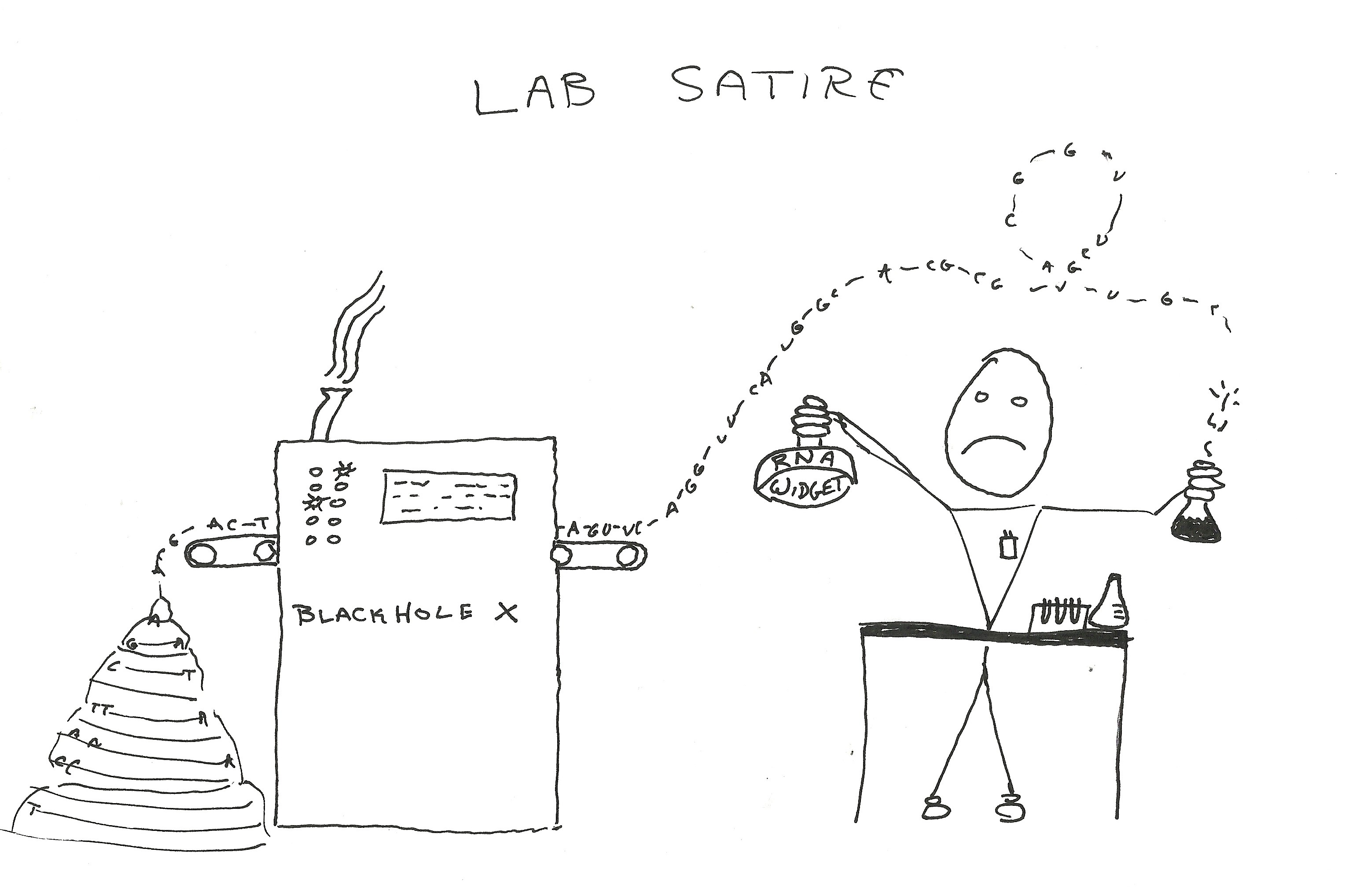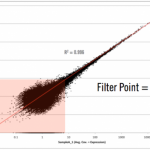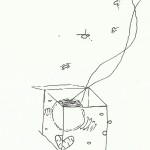I recently made the switch from a post doctoral position at Washington University in Saint Louis to the wet lab here at Cofactor Genomics (most people at Cofactor have a WashU connection!) But being the newbie here, I thought I would give my first impressions as a scientist stepping into this new environment. I figure this would be informative, because most of you are on the outside and probably wondering what is going on at Cofactor if you are considering us as a partner.
Ah, yes! The key word: partner. Or the more familiar, collaborator.
What has jumped out to me, and hopefully you too, is that Cofactor wants to interact with its collaborators (and if you prefer this term, clients). This is how Cofactor derives its success and ultimately yours. We at Cofactor all LOVE science, and are amazed by the cutting-edge research of our partners: biofuels, exotic species, drug target discovery, gut biome, and I could keep going — our collaborators study so many diverse topics. Our collaborators need RNA-seq experts, and that is Cofactor. For your project to be successful, we learn about your goals and experimental methods. We discuss your project with you, and amongst the Cofactor team along each step of our processes. Having this knowledge shapes how Cofactor can best address your unique experimental considerations from initial library construction, to sequencing, and finally analysis. This individual treatment in essence lets your project become our project. Like most scientists, we don’t like to see hard work end in nothing.
Cofactor prides itself on not being the black hole of RNA-seq data generation — where you give us your samples and your results magically appear on the other side, and you have no idea what happened during that process! No, we do not have widget makers, stamping out one-size-fits-all libraries. In fact, Cofactor does extensive research and development in each step of our services. In addition, we do multiple quality assessments; for example, during library construction to predict the likelihood of a successful sequence run. As a scientist, I consider this level of interaction and engagement among partners to be beneficial for obtaining the most from the data. I hope you do too!





